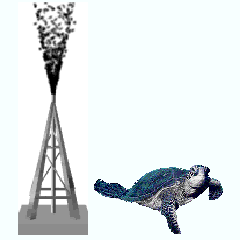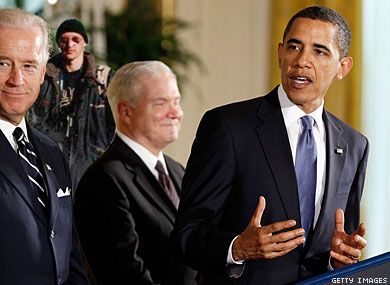
GIF pair by Illalli
From Naked Capitalism:
But this is a vastly bigger leak, and most important, the Gulf is not Alaska. The visibility is vastly higher, more people are affected, as are more governors, senators, and representatives. And Obama appears to be laying the groundwork to demand that BP pay not just cleanup costs, but the full cost of the damage wrought. From an economic standpoint, this is sound: the problem with “externalities” or costs of a product that are foisted on innocent bystanders is that the people who suffer seldom can recover their losses. So the parties to the product sale get an artificial subsidy (the product is provided for a cost lower than its true, fully loaded cost to society) which they somehow divide up between them.
[...]
I wouldn’t be optimistic; Team Obama has yet to rough up anyone. But this particular set of circumstances – a monstrous disaster that is not going to be resolved anytime soon and a rich, unpopular, and relatively isolated target – will show whether Obama’s survival instincts will overcome his deep seated deference to corporate chieftans.


